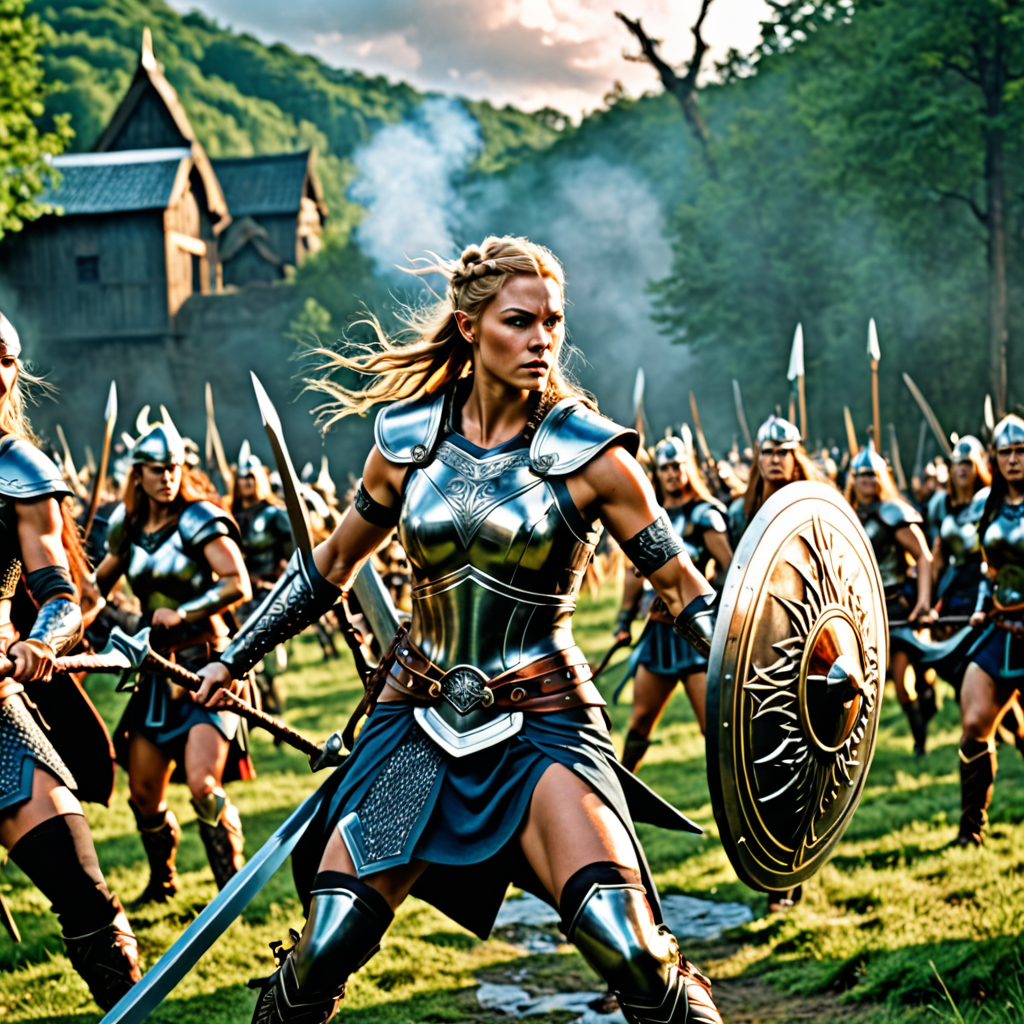Finnish Mythology: The Duality of Light and Darkness
Finnish mythology is a rich tapestry woven with tales of ancient deities, legendary heroes, and the eternal battle between light and darkness. This intricate saga, spanning centuries old, offers a profound understanding of the human experience through its captivating characters and timeless themes.
The Kalevala: A Tapestry of Myth
The epic Finnish poem Kalevala, compiled by Elias Lönnrot in the 19th century, serves as the cornerstone of Finnish mythology. An anthology of ancient oral traditions and folklore, the Kalevala weaves together a vibrant narrative tapestry depicting a universe brimming with gods, demigods, creatures, and magical artifacts.
Ukko: The Thunder God and Lord of the Sky
Ukko, the mighty god of the sky, embodies Finnish mythology's primal force. As the celestial guardian, he commands lightning, thunder, and rain, shaping nature with his divine power. Honored with sacrifices and prayers, Ukko ensures cosmic order amidst the realms above and terrestrial realms below.
Väinämöinen: The Eternal Sage and Wanderer
Väinämöinen, the enigmatic hero and sage, emerges as the central figure in Finnish mythology. With wisdom gathered through his countless travels and experiences, Väinämöinen serves as both a revered spiritual guide and an embodiment of ancient Finnish culture.
Ilmarinen: The Master Craftsman and Smith
Ilmarinen, the celestial blacksmith, wields his extraordinary skills with unparalleled finesse. Using the fiery forge at his disposal, he fashions weapons and artifacts imbued with divine power. Known for his creation of the magical mill Sampo, Ilmarinen symbolizes the transformative abilities inherent within the human realm.
Louhi: The Mistress of Pohjola and Evil
Louhi, the formidable ruler of Pohjola, epitomizes the dark forces that oppose light and harmony in Finnish mythology. Dwelling in the cold, northern realm, she possesses immense magical power and commands an army of evil spirits. Louhi's malevolent schemes often bring conflict and suffering to the world of mortals.
Joukahainen: The Trickster and Obstacle
Joukahainen, the cunning trickster, emerges as a formidable opponent to the heroes of Finnish mythology. With his quick wit and deceptive nature, he weaves a web of obstacles to hinder their quests. Despite his malicious intentions, Joukahainen's cunning and resourcefulness add an element of unpredictability to the narrative.
The Creation of the World and the Birth of Light
Finnish mythology paints a vivid picture of the world's creation, where primordial forces collide to bring forth existence. From the primordial void, the creator deity Väinämöinen emerges, singing the world into being. In this cosmic symphony, light breaks forth from the darkness, illuminating the nascent universe.
The Sampo: A Symbol of Prosperity and Conflict
The Sampo, a magical mill, stands as a coveted prize in Finnish mythology. With its ability to produce endless wealth and prosperity, the Sampo becomes the object of desire for both mortals and deities. Its possession sparks a fierce conflict, as its power threatens to disrupt the delicate balance between light and darkness.
The Dance of Light and Darkness: An Eternal Cycle
In the cosmic realm of Finnish mythology, light and darkness engage in an eternal dance. Neither can triumph over the other, for they are inextricably intertwined. The waxing and waning of light and dark mirrors the cycles of life and death, symbolizing the enduring nature of existence.
FAQs
Who is the main character in Finnish mythology?
- Väinämöinen, the wise and enigmatic hero-sage.
What is the Sampo?
- A magical mill capable of producing endless wealth and prosperity.
What is the significance of the number nine in Finnish mythology?
It is considered a sacred number, often associated with the gods and their powers.
How did the world come into being in Finnish mythology?
- Through the singing of Väinämöinen, the creator deity.
What is the role of Joukahainen in the stories?
- He is a cunning trickster who often hinders the heroes' quests.


